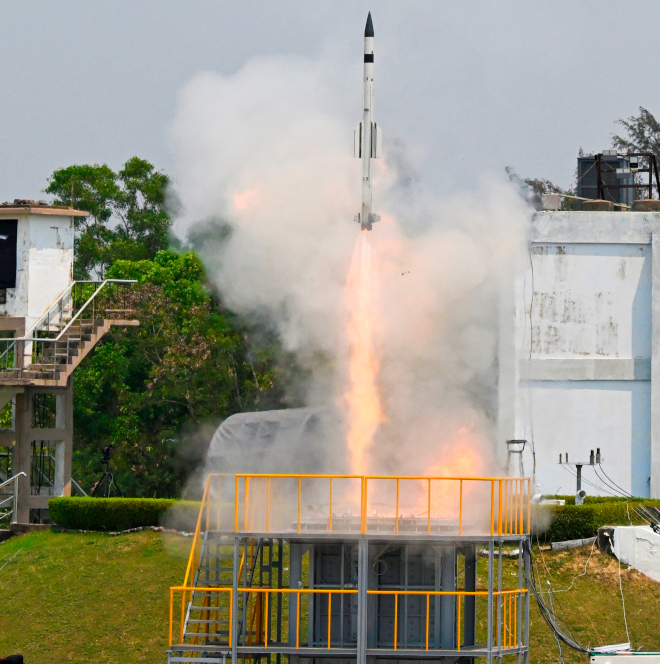
A file photo.
BANGALORE (PTI): More than three years after the heart-breaking failure on flight testing of the indigenous cryogenic stage in GSLV-D3 mission, Indian Space Research Organisation announced on Tuesday it's ready to undertake the high-stakes venture again on August 19.
A national team of experts on Tuesday gave the go-ahead to ISRO after the Bangalore-headquartered space agency presented it the preparations that it had made after rectifications and qualifications.
The team included Prof U R Rao and Prof Roddam Narasimha and academics associated with ISRO's rocket programme.
"The moment we are talking about is August 19th as a tentative schedule and the time is around 5 PM," ISRO Chairman K Radhakrishnan told PTI here.
"Vehicle (GSLV or rocket) is already assembled and we have done electrical checks on the vehicle", he said. "We have done nearly 35 ground tests since we had the April 2010 failure, on sub-systems, on the engine and on a similar engine in high altitude conditions".
ISRO designed and developed some components itself and not sourced from outside. GSLV-D5 is now slated for launch, with GSAT-14 satellite on board from Sriharikota spaceport.
India's other operational rocket, PSLV, has limitations up to what mass it can handle, making the success of GSLV with indigenous cryogenic engine extremely important as this rocket can carry heavier communication satellites to a much higher orbit.
"Cryogenic route has to be there for the future of the larger communication satellites", Radhakrishnan,also Secretary in the Department of Space, explained, noting that ISRO took up indigenous cryogenic engine programme in 1992.
It was noted that 50 per cent of velocity is provided by the upper cryogenic stage.
He said the August 19 mission is technically and emotionally important as the previous venture was a failure.
"We have to see through. Stakes are very high, seriousness is very high. Entire organisation feels for it. For the last three years, we have been at it".
The failure analysis committee concluded after the unsuccessful April 15, 2010, mission that the thrust build up did not progress as expected due to non-availability of liquid hydrogen supply to the thrust chamber of the main engine.
This failure was attributed to the anomalous stopping of Fuel Booster Turbo Pump (FBTP).
In the last three years, ISRO conducted extensive failure analysis studies and reviews. Cryo stage FBTP was modified as per GSLV-D3 failure analysis committee recommendations and qualification tests carried out,ISRO officials said.
 Previous Article
Previous Article Next Article
Next Article













The Indian Air Force, in its flight trials evaluation report submitted before the Defence Ministry l..
view articleAn insight into the Medium Multi-Role Combat Aircraft competition...
view articleSky enthusiasts can now spot the International Space Station (ISS) commanded by Indian-American astr..
view article